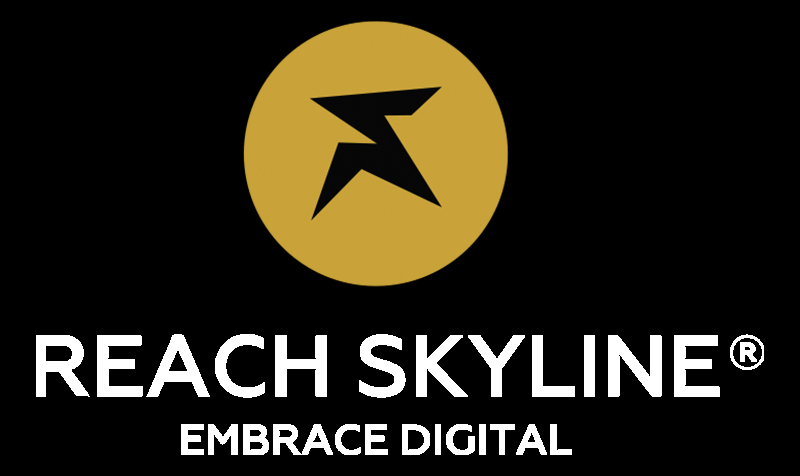Marketing to Gen Z Isn’t Dead – You’re Just Doing It Wrong
Why Are Most Businesses Failing to Connect with Gen Z? Over the past few years I’ve seen countless businesses shift focus toward Gen Z. They invest in TikTok ads and meme content hoping to stay relevant. Yet few brands manage to build trust or long-term engagement. The problem isn’t effort but mindset. Many brands market at Gen Z instead of with them. They treat Gen Z like Millennials 2.0 which leads to disconnected campaigns. There’s often a tone-deafness to their content, a misunderstanding of what actually matters to this audience. In this post I’ll share what we’ve learned from working with companies targeting Gen Z in fashion, fintech and healthtech. We’ll also include tactical takeaways and strategic frameworks you can use today. Because when you get Gen Z right, you don’t just get clicks. You get loyalty. What Do Most Brands Get Wrong About Gen Z? One major mistake is assuming Gen Z craves only viral content. The truth is they value authenticity, transparency and relevance more than gimmicks or trends. They can smell a shallow brand campaign a mile away and won’t hesitate to call it out. I worked with a skincare brand targeting Gen Z women. They ran influencer campaigns and aesthetic content but engagement dropped. A quick scan on Reddit revealed people didn’t trust their vague sourcing. The moment we switched to transparent storytelling about ingredient sourcing and skin testing, the numbers improved. Another issue is misreading Gen Z’s economic outlook. This generation grew up during COVID and economic instability. They approach spending with caution not optimism. Frugality and values-based consumption are not just trends for them-they’re part of their identity. How Should You Rethink Your Strategy in 2025? At Reach Skyline we approach Gen Z using three principles that have proven effective across industries. First is focusing on intent not virality. Your content should answer a real question or solve a real problem. Instead of chasing views, chase clarity. Second is prioritizing usefulness over aesthetics. Whether it’s financial education or product benefits Gen Z values practicality over fluff. Think explainers, product walkthroughs or honest reviews. Don’t be afraid to show the technical side of what you do if it helps the audience make smarter decisions. Third is embracing reality instead of perfection. Gen Z doesn’t want idealized marketing. They want to see the behind-the-scenes, the messy parts and the learning curves. One of our clients gained massive traction by documenting a failed product prototype and sharing what they learned. That transparency built more trust than six months of polished campaigns. What Can You Do Right Now to Improve Engagement? Start by auditing your last five posts or ad campaigns. Ask yourself if each one addresses something Gen Z is actively thinking about or struggling with. Are you speaking their language or just pushing your brand narrative? Are you showing real use cases? Are you being too polished or too vague? Would your 22-year-old cousin actually care about this content? If your content can’t spark a comment, save or share, it’s probably not worth publishing. One tool we often recommend is our free Audience Insight Framework available on the Reach Skyline website. It helps businesses align messaging with Gen Z values in a structured and actionable way. It’s helped brands rewire their messaging and unlock real engagement. How Can You Build Long-Term Loyalty with Gen Z? Short-term hacks might grab attention, but loyalty comes from values. Gen Z wants to see what your company stands for and how it acts when no one is watching. They notice when you stay silent during important cultural moments or greenwash your sustainability efforts. Make it a practice to embed transparency into everything-your product claims, pricing, hiring practices, and more. If you’re in healthcare, talk openly about your data security policies. If you’re in retail, show your supply chain. A brand we worked with in the wellness space started publishing monthly ethics updates on their site. Nothing flashy. Just real talk. It turned into their most visited page and became a major SEO asset too. What Should You Keep in Mind Moving Forward? Marketing to Gen Z in 2025 isn’t about chasing every new trend or mimicking viral content. It’s about consistently showing value, being culturally aware, and building connections that feel human and real. Gen Z expects brands to communicate like honest, curious, sometimes imperfect, but always authentic and evolving people. They don’t want to be sold to; they want to be understood. If your current campaigns feel like they’re missing the mark, chances are you’re working off outdated templates or assumptions. This generation responds to clarity over clutter, relevance overreach, and storytelling that respects their intelligence and emotional depth. Don’t be afraid to challenge your brand voice, simplify your message, or even rethink your content format entirely. At Reach Skyline, we work with businesses to reimagine their marketing for this new era. From strategic audits to creative execution, we bring data, empathy, and digital insight together. You can explore our free tools, real-world case studies, and evolving playbooks on our website designed to help you stay sharp in a fast-moving landscape. Mathesh KarthikSEO Manager, Reach SkylineI’m a results-oriented digital marketing specialist who helps businesses grow through data-driven strategies. I believe in doing work that delivers outcomes and I’ve worked with companies across the globe to make that happen.





